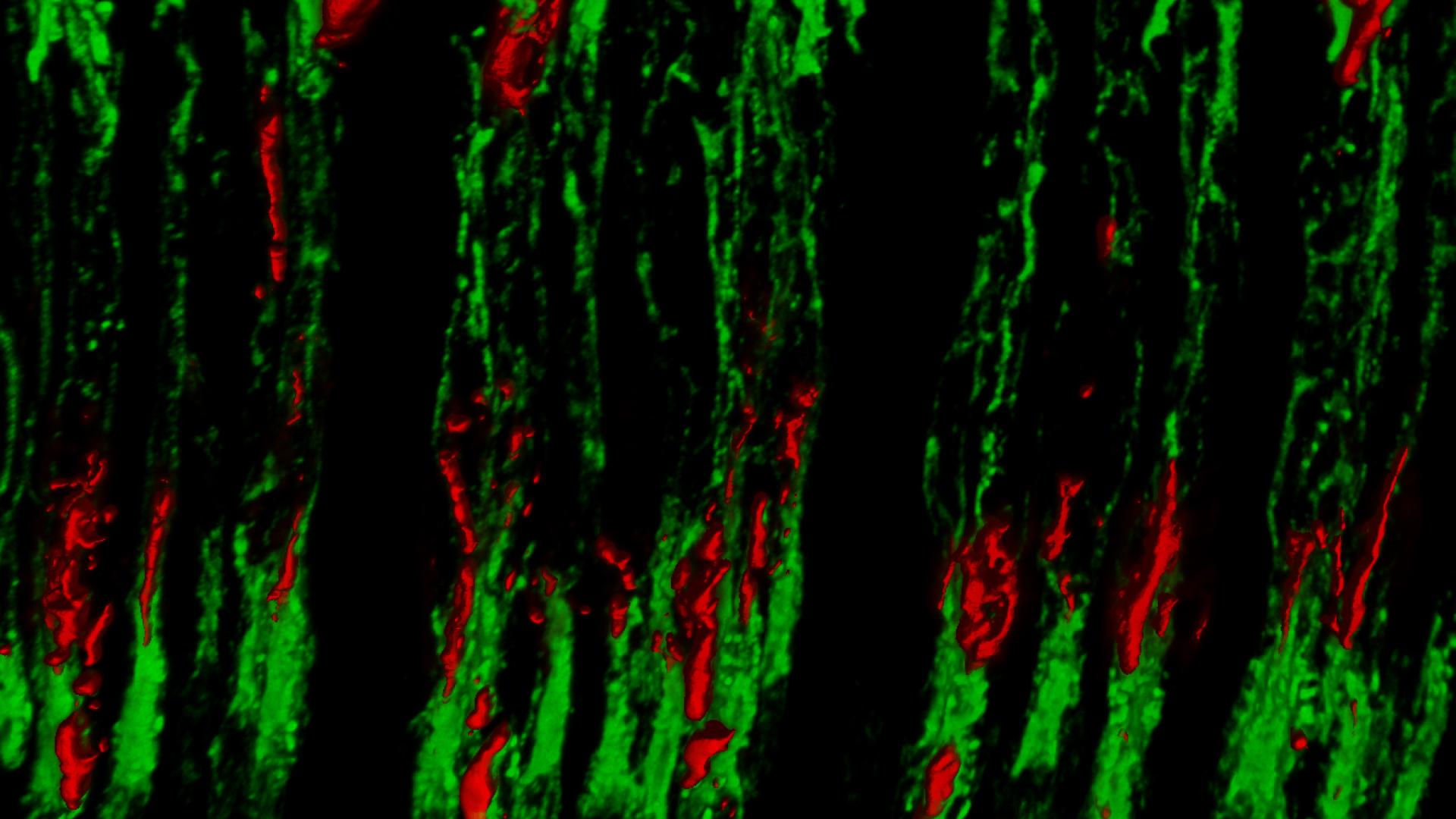Elucidating How Smoking Causes Advanced Age-Related Macular Degeneration

Principal Investigator
Claudio Punzo, PhD
University of Massachusetts School of Medicine
Worcester, MA, USA
About the Research Project
Program
Award Type
Standard
Award Amount
$185,000
Active Dates
September 01, 2020 - November 30, 2022
Grant ID
M2020016
Goals
Age-related macular degeneration (AMD) is the leading cause of blindness among the elderly of the industrialized world. Among the non-genetic risk factors, smoking confers the highest risk for progression to the advanced stages of geographic atrophy (GA) and exudative AMD; however, how smoking contributes to AMD remains elusive. Here we propose that smoking causes advanced AMD pathologies by depletion of the second most abundant serum protein. Loss of this serum protein in humans causes emphysema, a condition that has been linked to increased risk for advanced AMD, while we found that loss of this serum protein in mouse, causes besides lung problems, late-stage AMD pathologies.
Summary
The goal of the proposed research is to understand how smoking contributes to increased risk for developing AMD. To achieve this goal, we will in Aim 1 follow the development of geographic atrophy, an advanced form of AMD, in a new mouse model with no blood serum levels of the protein Alpha-1 anti-trypsin. This protein normally prevents too much activity of other proteins in the eye known to cause AMD. Mice without this protein develop spontaneous lesions of geographic atrophy. Aim 1 will thus inform us how much this specific protein, alpha-1 anti-trypsin, contributes to advanced AMD. In aim 2 will test the connection of this protein to smoking and AMD. We know that smoking inactivates blood serum levels of alpha-1 anti-trypsin. We will use mutant mice that have little alpha-1 anti-trypsin blood serum levels and expose them to cigarette smoke.
Additionally, we will also use genetically engineered mice that reduce alpha-1 anti-trypsin levels in the blood serum by different means and expose them to smoke. The innovative idea of this research is that smoking contributes to AMD by reducing serum levels of alpha-1 anti-trypsin, rather than through direct oxidative stress of proteins in the eye by chemical compounds found in cigarette smoke. Additionally, our strategy would also explain how a specific risk gene for AMD contributes to the disease. The genetically engineered mouse that reduces blood serum alpha-1 anti-trypsin levels expresses much more of a specific protein implicated in AMD. However, how that protein contributes to AMD remains unknown. Our research would link that specific risk gene and smoking to AMD. Coincidentally, individuals who smoke and have that particular risk gene have a much higher chance of developing AMD. Should our research prove successful and our idea correct, we would develop a new therapy for AMD by increasing the levels of alpha-1 anti-trypsin in the eye through a gene therapy approach. Such therapy would not only benefit smokers but every one who is developing AMD. This is because the proteins alpha-1 anti-trypsin inhibits are overactive in all patients that develop AMD, not only smokers. The difference is that in smokers, these proteins are predicted to be more active, explaining why smokers have a higher risk for disease onset.
Related Grants
Macular Degeneration Research
Cellular Scale Measures of Short-Term Retinal Atrophy Progression
Active Dates
October 01, 2022 - September 30, 2025

Principal Investigator
Kristen Bowles Johnson, PhD, OD
Current Organization
Indiana University
Macular Degeneration Research
Investigating Multiarmed Cell Death (PANoptosis) in Dry AMD Progression
Active Dates
July 01, 2022 - June 30, 2025

Principal Investigator
Lucia Celkova, PhD
Current Organization
Trinity College Dublin (Ireland)
Macular Degeneration Research
Understanding the Role of Support Cells, Known as Glia, in Geographic Atrophy
Active Dates
September 01, 2020 - August 31, 2023

Principal Investigator
Malia Edwards, PhD
Current Organization
Wilmer Eye Institute




